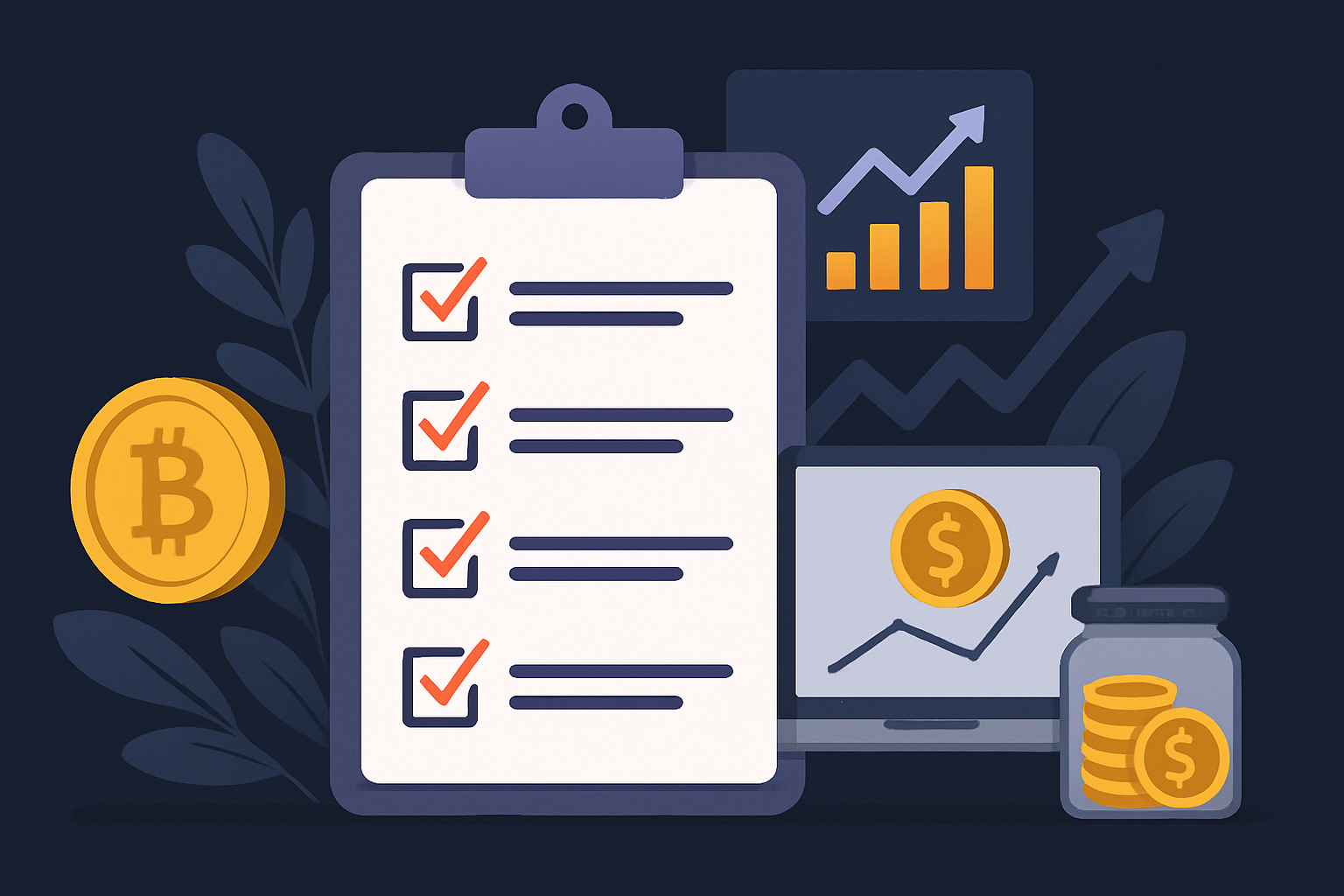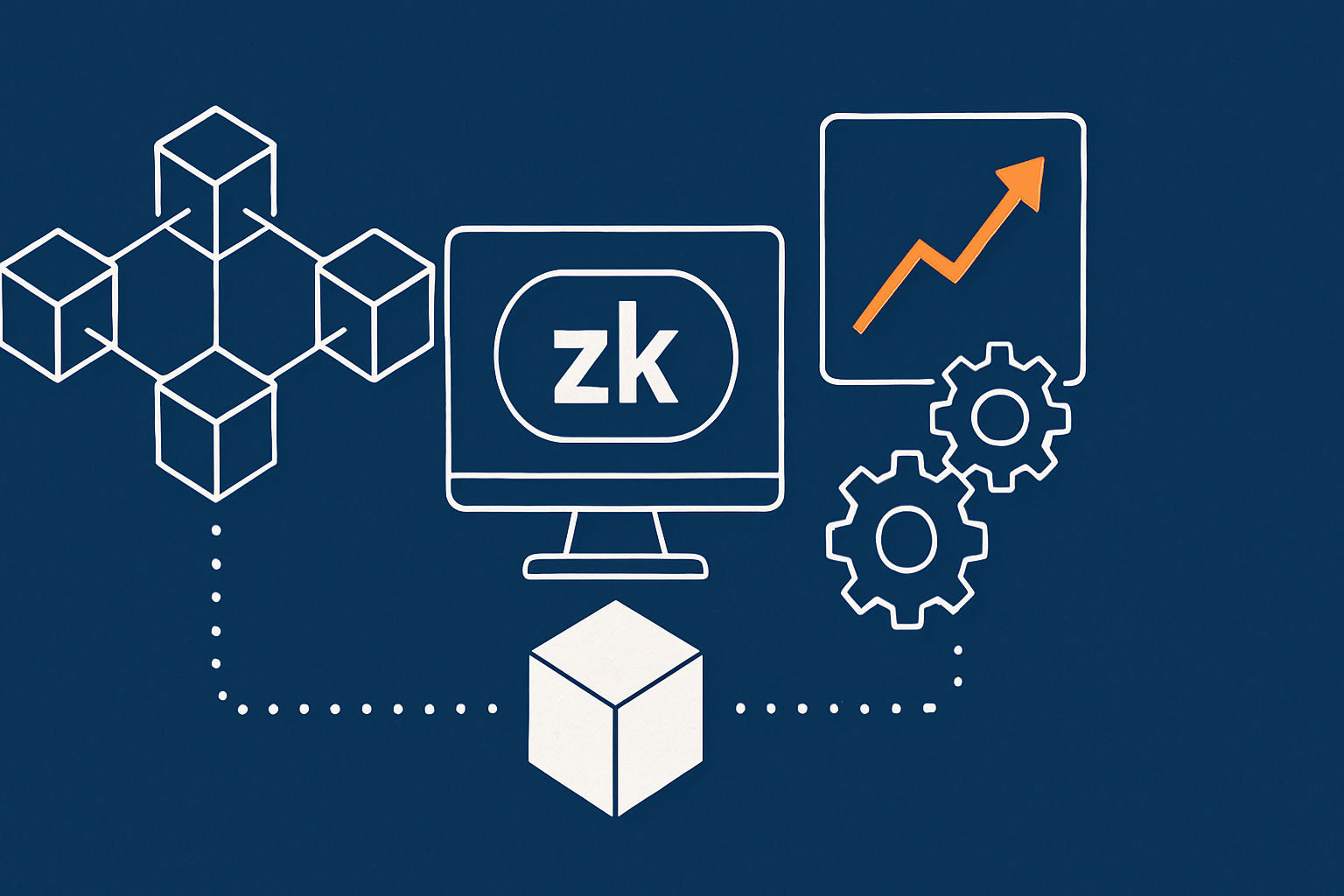
The cryptocurrency world thrives on visibility and accessibility. For any crypto project aiming to scale rapidly and attract serious investors, exchange listings are not just a milestone—they’re a strategic weapon. Top blockchain projects know this and use exchange listings to signal credibility, build momentum, and drive adoption in ways that go far beyond mere trading availability. But how exactly do these projects leverage listings to pull in investors? Let’s break down their playbook step by step.
The Power of Exchange Listings in Investor Psychology
Exchange listings act as a public endorsement of a token’s legitimacy. When a project is listed on a reputable exchange, it signals to investors that the token has undergone rigorous due diligence. Leading exchanges like Binance, Coinbase, and Kraken perform extensive background checks before listing a coin. This due diligence covers legal compliance, security audits, market potential, and team credibility.
Investors see such listings as a vote of confidence. For retail investors, a token appearing on their preferred exchange removes technical barriers to entry and allows easy buying and selling. For institutional players, listing on a top-tier exchange can be a trigger to allocate capital as part of a diversified portfolio.
This perceived validation leads to a psychological shift. Projects that were earlier seen as “early-stage experiments” now look like promising, investable assets. The result is often an immediate spike in demand, with trading volumes surging and price momentum building.
Building FOMO Through Tier-1 Exchange Listings
Top crypto projects strategically time their exchange listings to create fear of missing out (FOMO). A common tactic involves listing on mid-tier decentralized exchanges (DEXs) initially, building community support, and then progressing to centralized exchanges (CEXs).
The jump to a tier-1 exchange like Binance or Coinbase is treated like a major PR event. Teams often launch coordinated campaigns around the listing announcement, releasing teaser posts, countdown timers, and influencer partnerships to create hype. This strategy primes the community and potential investors for action the moment trading goes live.
Savvy projects also align listing dates with other big updates like mainnet launches, NFT drops, or ecosystem partnerships. This synergy magnifies the narrative that the project is gaining unstoppable momentum, making it irresistible for speculative and long-term investors alike.
Liquidity as a Magnet for Institutional and Retail Investors
Liquidity is a critical concern for investors. A token with poor liquidity is hard to buy or sell without significant price slippage, making it unattractive to both retail traders and institutions. Exchange listings solve this problem by opening access to large pools of buyers and sellers.
Top projects negotiate liquidity provisions with exchanges during the listing process. Some exchanges offer market-making services to ensure tight bid-ask spreads and steady order book depth from day one. Projects also incentivize liquidity providers to contribute by offering staking rewards or a share of trading fees.
This deep liquidity assures investors they can enter or exit positions without disrupting the market. It builds confidence for whales and institutions, who are far more likely to make significant allocations if they know they can liquidate without issue.
Leveraging Exchange Marketing and Ecosystem Exposure
When a token gets listed, the exchange itself becomes a marketing partner. Leading exchanges promote new listings via newsletters, push notifications, homepage banners, and social media shoutouts to millions of users worldwide. This exposure is equivalent to running a high-profile ad campaign but with far more targeted reach.
For instance, Binance’s “New Listings” tab is one of the most-viewed sections on its platform. Coins featured here often see an influx of curious traders exploring the project for the first time. Coinbase, on the other hand, sends listing emails directly to verified user accounts, creating an instant audience for the newly listed token.
Some exchanges also run promotional campaigns such as trading competitions, airdrops, and staking events tied to the new listing. These initiatives create trading activity and bring in thousands of new wallet holders, laying the groundwork for a larger and more active investor base.
Strengthening Tokenomics and Price Stability Post-Listing
A well-timed listing also helps projects strengthen their tokenomics. By unlocking access to a global investor pool, teams can balance supply and demand dynamics more effectively. Many top projects stagger token unlocks and vesting schedules around listing dates to avoid overwhelming the market with sudden sell pressure.
Additionally, projects use the liquidity influx from exchange listings to support price stability. With larger order books and active market-making, price volatility reduces over time. This stability appeals to institutional investors looking for predictable entry points and discourages speculators from manipulating prices in thinly traded markets.
Over the long term, sustained exchange presence builds a price history that technical analysts and algorithmic traders can rely on. This attracts even more participants, creating a self-reinforcing cycle of liquidity and adoption.
Case Studies: How Top Projects Used Listings to Scale
Turning Exchange Listings Into Growth Engines
strategically staggered its exchange listings, starting with niche DEXs before moving to Binance and Coinbase. With every listing, the project saw exponential jumps in trading volumes and community size. The Binance listing, in particular, was coupled with staking campaigns and cross-ecosystem partnerships, leading to a 400% surge in market cap within months.
Polygon (MATIC): From Under-the-Radar to Mainstream Darling
Polygon’s listing on Coinbase acted as a turning point in its journey. The announcement alone drove a massive wave of investor interest, and MATIC’s price doubled in a week. Polygon’s team maximized this momentum by announcing ecosystem grants and onboarding new dApps, creating a strong narrative that attracted institutional players.
These examples show that successful projects don’t view listings as the finish line—they treat them as launchpads for larger growth initiatives.
The Role of Strategic Multi-Exchange Presence
Top-tier projects understand that one exchange isn’t enough. They aim for multi-exchange presence, balancing between centralized and decentralized platforms.
A presence on multiple exchanges increases geographic and demographic reach. For instance, a listing on Binance may capture Asian markets, while Coinbase appeals to North American investors. Simultaneously, availability on DEXs like Uniswap or PancakeSwap ensures DeFi-native users and whales can access the token in decentralized ecosystems.
This omnichannel approach attracts a diversified investor base. It also hedges against exchange-specific risks, such as regulatory issues or service outages, ensuring the project’s liquidity and exposure remain intact.
Why Timing and Narrative Are Everything
It’s not just where you list but also when and how you list that makes the difference. Top projects carefully choreograph their listing timeline to align with peak investor sentiment and key milestones.
They build a compelling narrative around the listing: highlighting exchange audits, liquidity depth, and future ecosystem plans. This storytelling creates an emotional connection with potential investors, positioning the listing as the beginning of a transformative phase rather than a routine event.
Projects that master this art often see their tokens climb not just in price but also in cultural relevance, securing a coveted position among “blue-chip” crypto assets.
Future Trends: AI, Tokenized Assets, and Dynamic Listings
As the crypto landscape evolves, so does the exchange listing playbook. AI-powered analytics now help teams identify optimal listing windows and predict market responses. Some projects are exploring dynamic listing strategies, where tokens unlock progressively across exchanges as adoption targets are met.
The rise of tokenized assets and real-world asset (RWA) platforms is also shaping listing strategies. Future listings might prioritize compliance-first exchanges to attract institutional capital, shifting focus from hype to utility-driven growth.
Conclusion:
For ambitious crypto projects, exchange listings are no longer optional—they’re essential. But as top-performing tokens demonstrate, it’s not enough to just secure a listing. Success lies in leveraging these listings as part of a holistic strategy to build credibility, attract investors, and scale ecosystems.
By combining exchange exposure with strong tokenomics, liquidity incentives, and community-driven narratives, leading projects transform exchange listings from mere events into powerful growth catalysts. For investors, a well-executed listing often marks the beginning of a project’s journey to long-term viability and market leadership.




















Write a comment ...